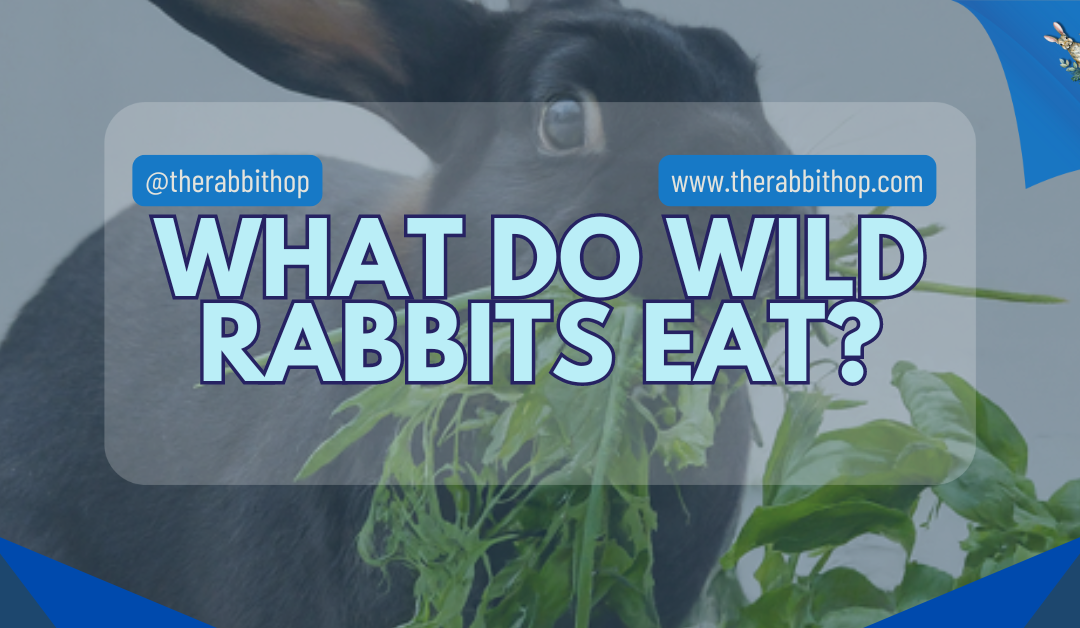What do wild rabbits eat? As a rabbit owner with a few furry friends hopping around my home, this question has always intrigued me. Understanding their natural diet seemed like the key to unlocking the secrets of keeping my bunnies healthy and happy. Over the years of caring for these adorable creatures, I’ve learned that providing them with a diet that mirrors what they’d find in the wild is crucial. Let’s dive into the world of wild rabbit cuisine and discover how to nourish our pet bunnies like nature intended.
What Wild Rabbits Eat: A Guide to Feeding Your Pet Bunny the Natural Way
Wild rabbits are a fascinating part of nature, zipping through fields and hopping around forests. But what do these little critters actually munch on in the wild? Understanding their natural diet isn’t just academic—it’s a game-changer for anyone who has a pet rabbit at home. Knowing what wild rabbits eat can help us make better choices for our domestic bunnies, ensuring they live happy and healthy lives.
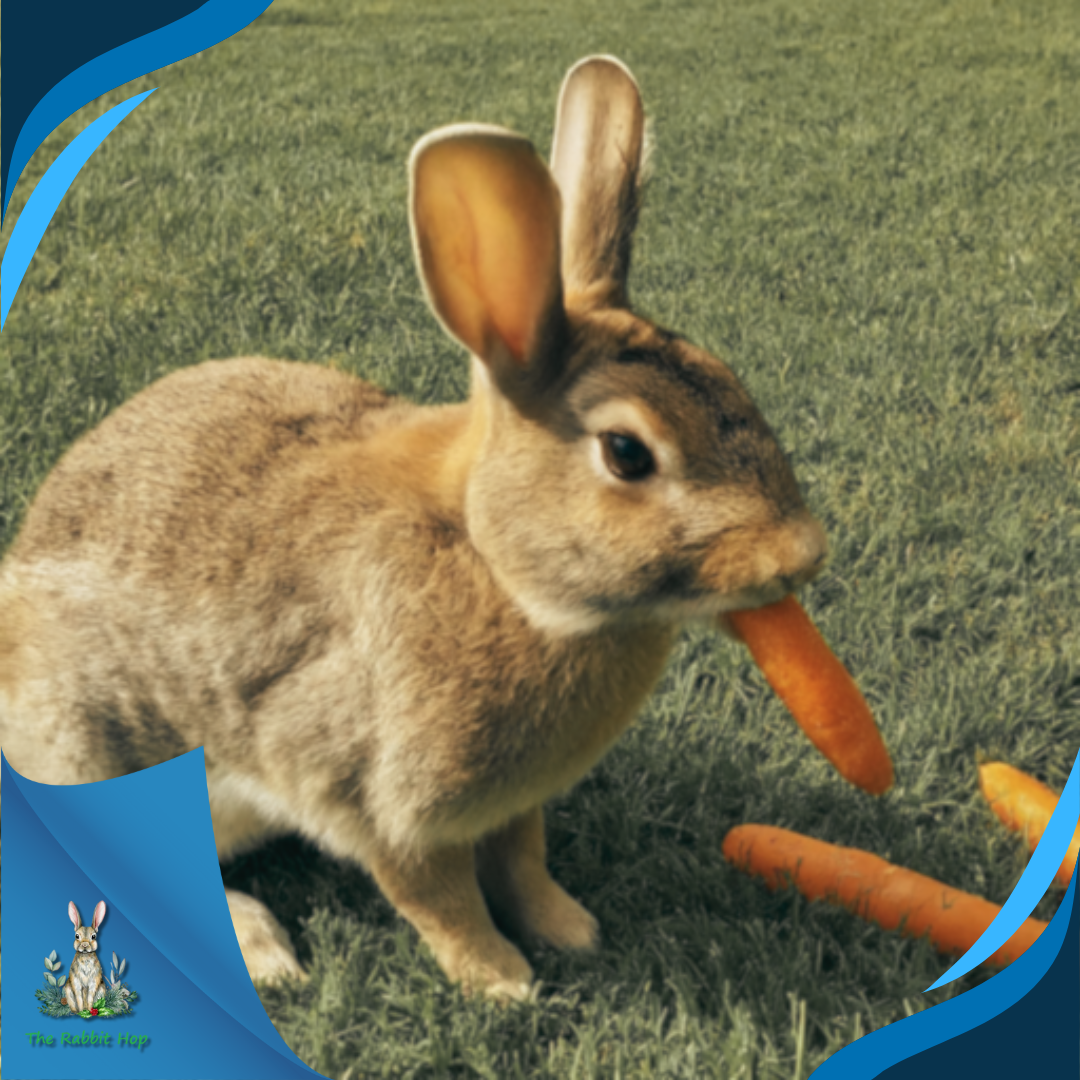
Wild rabbits thrive on a diet that’s entirely natural and unprocessed. They’re foragers, gathering a variety of food sources depending on what’s available in their environment. Grasses, leafy greens, fruits, vegetables, and even bark make up their menu. Yep, they’re pretty resourceful! This varied diet helps them get a range of nutrients, keeping them fit and healthy.
Here’s the kicker: What wild rabbits eat can directly influence what we should be feeding our pet rabbits. Domestic bunnies may not have the same environment to forage in, but we can still mimic their natural diet to give them the best nutrition possible. Doing so helps prevent illnesses and ensures our furry friends stay active and vibrant.
Understanding the dietary habits of wild rabbits helps pet owners make informed choices on the type and variety of food to offer. This isn’t about just tossing a mix of fruits and veggies into their bowl; it’s about knowing what those greens and other foods are adding in terms of nutrition. By aligning our pets’ diet closer to what nature intended, we can unlock better health and happiness for them.
So, the journey to better care starts with knowledge. Let’s crack open the world of wild rabbit cuisine and see what we can learn to help our domestic rabbits thrive.
Key Takeaways
- Focus on Hay: Provide unlimited fresh hay, as it’s key for digestive health and dental care.
- Offer Fresh Treats: Give fruits and veggies in moderation to mimic wild diets.
- Encourage Chewing: Use safe chew materials to support natural behaviors and keep rabbits engaged.
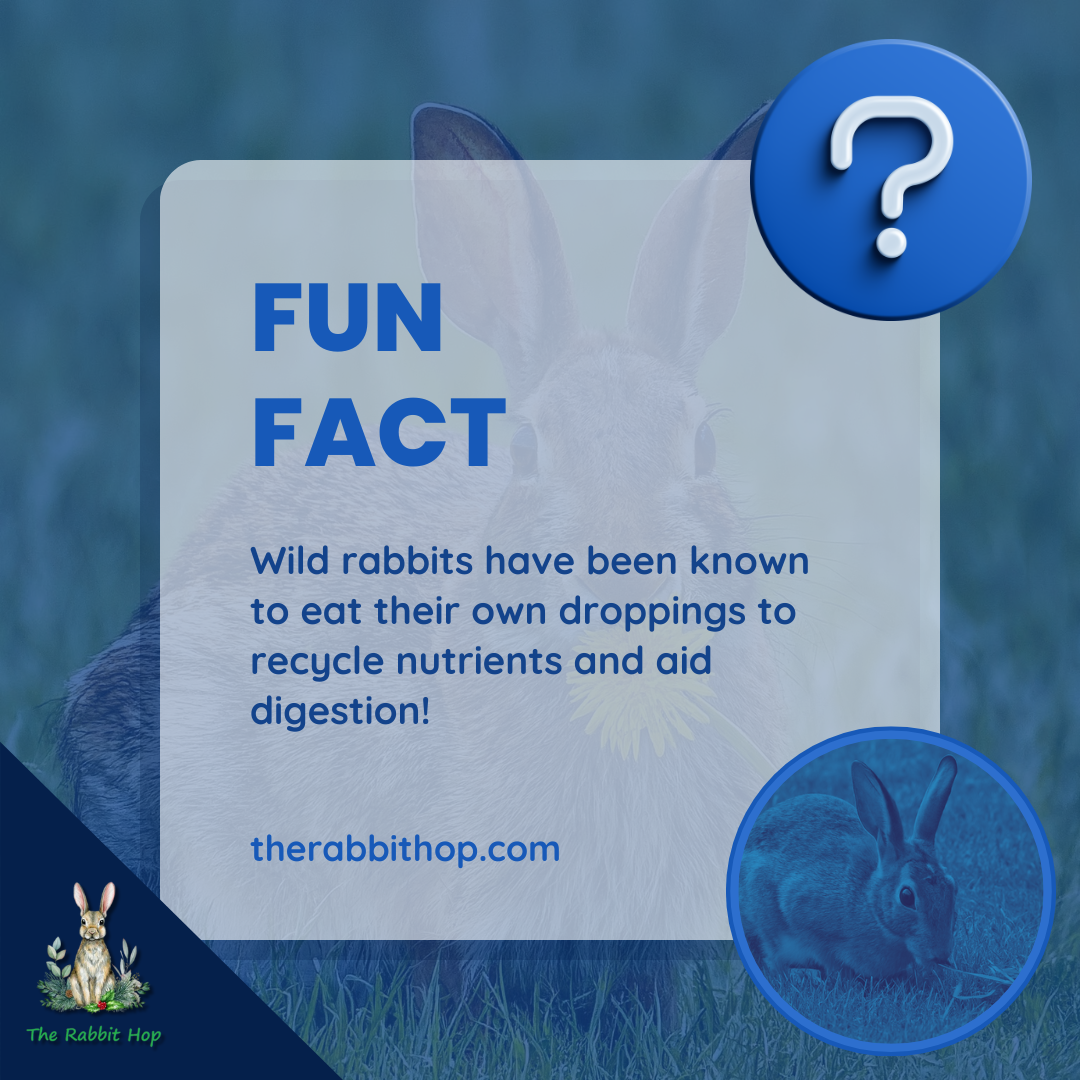
Grasses and Hays: Primary Sources of Nutrition
Wild rabbits are big fans of grasses and hays. In fact, these form the bread-and-butter of their diet. They spend hours munching away on various types of grasses found in meadows, fields, and gardens. Their constant nibbling isn’t just because they love the taste—it’s crucial for their health. Grasses provide essential fiber that aids in digestion and keeps their guts in tip-top shape.
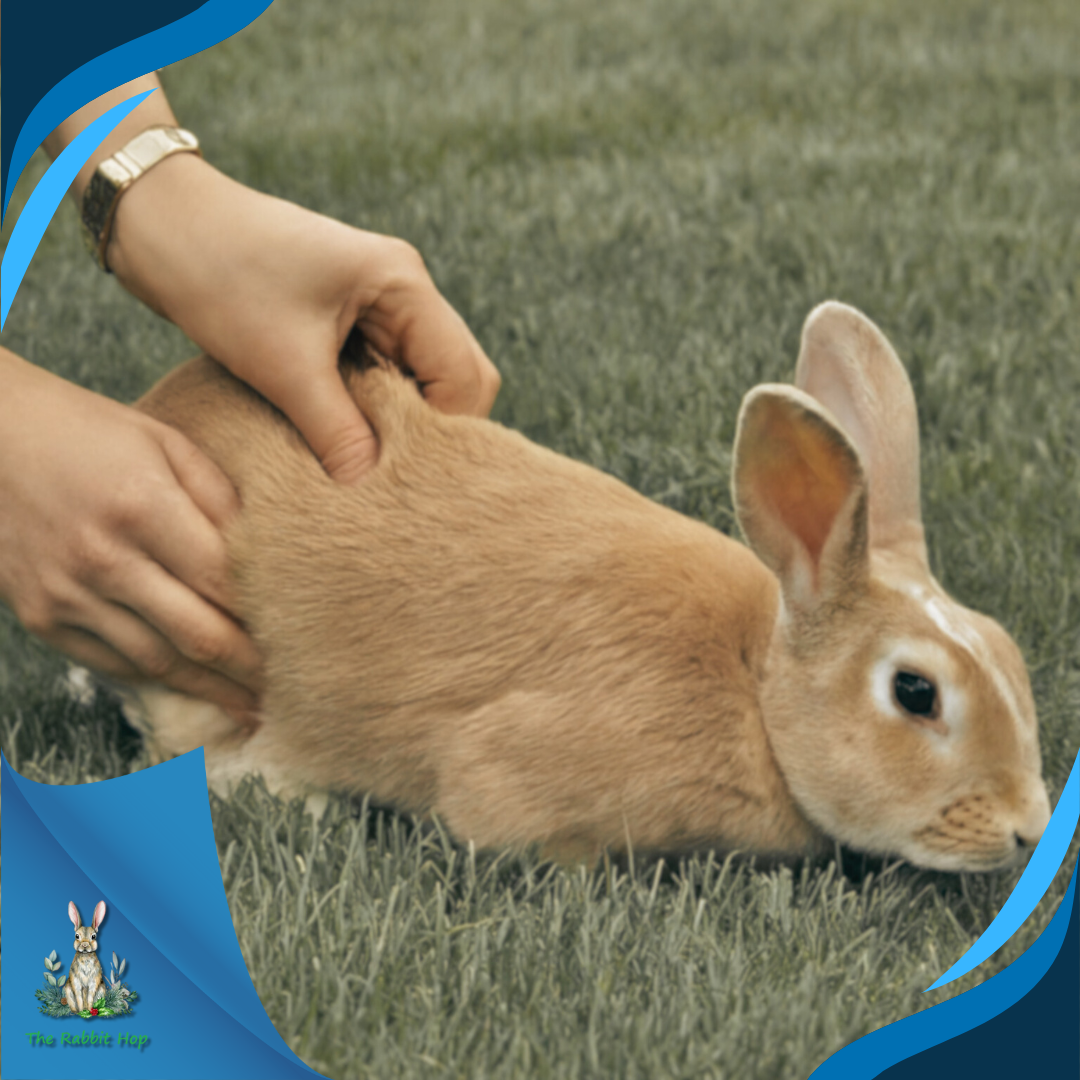
Hay is another staple for wild rabbits. Think of it as the dried version of all the grassy goodness they feast on. Timothy hay, orchard grass, and clover hay are just a few types that wild rabbits might come across. Hay ensures they get enough fiber and helps wear down their teeth, which keep growing throughout their lives.
This love for grasses and hays should be reflected in the diet of our pet rabbits. Offering unlimited access to fresh hay is one of the best ways to keep a domestic rabbit healthy. Timothy hay is often recommended for pet rabbits due to its balanced nutrition—high in fiber and low in protein and calcium.
Not all hays are created equal, and it’s essential to ensure it’s fresh and free from mold. Moldy hay can cause respiratory issues and other health problems. Mixing different types of hay can also be beneficial. It keeps things interesting for the rabbit while providing a range of nutrients. Orchard grass and oat hay can be great additions to the hay arsenal.
Providing a constant supply of fresh hay mimics what wild rabbits naturally have access to, promoting good digestion and dental health. Plus, it’s a fantastic way to keep your pet rabbit busy and happy. So, next time you’re stocking up on rabbit food, be sure to grab plenty of high-quality hay. Your bunny will thank you!
Fruits and Vegetables: Seasonal Supplements
Wild rabbits don’t just graze on grasses and hay all day long—they also enjoy a variety of fruits and vegetables when they’re in season. These tasty treats provide a burst of vitamins and minerals that round out their diet. In the wild, rabbits are excellent at finding what’s available, and they seem to have an instinct for knowing what’s good for them.
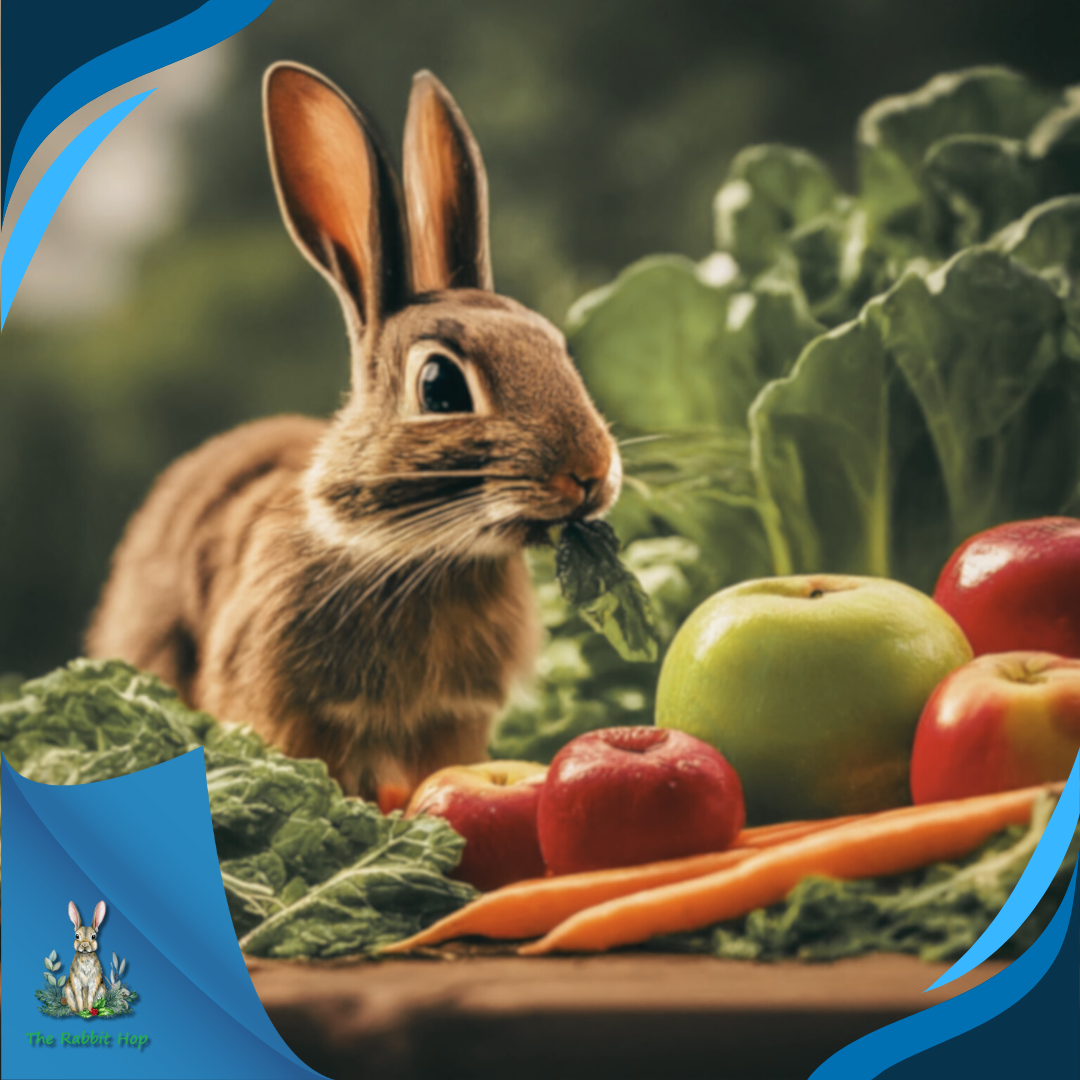
Occasional Treats for Wild Rabbits
Common fruits wild rabbits might munch on include berries, apples, and pears. They’ll also nibble on veggies like carrots, broccoli, and leafy greens. However, these foods are more like occasional snacks rather than staples. The main part of their diet still comes from grasses and hay.
Moderation for Pet Rabbits
For pet rabbits, fruits and vegetables are best offered in moderation. While they’re packed with nutrients, they can also be high in sugars and should be treated more like special rewards than everyday fare. Carrots might be the stereotypical rabbit food, but too many can lead to weight issues and digestive problems.
Choosing and Preparing Treats Safely
When selecting fruits and vegetables for your pet bunny, think about variety and safety. Always wash them thoroughly to remove pesticides and other harmful substances. Organic produce is a good choice if it’s available, as it reduces the risk of pesticide exposure.
Introducing New Foods Gradually
Introduce new fruits and vegetables gradually to monitor how your rabbit’s digestive system handles them. Some rabbits might love strawberries, while others might have a softer spot for leafy greens like romaine lettuce. Just keep an eye out for any signs of discomfort or digestive upset.
Tips for Serving Fruits and Vegetables
A helpful tip: Offer fruits and veggies in small, manageable pieces. This prevents overeating and makes it easier for your rabbit to enjoy different textures and flavors. Remember, the key is balance. Your pet rabbit’s main diet should still be high-quality hay, but a little fruit or veggie treat now and then can make their day a bit brighter.
Herbs and Leafy Greens: Tasty and Nutritious Choices
Wild rabbits enjoy a diet rich in herbs and leafy greens, which are both tasty and nutritious. Domestic rabbits can benefit from a similar variety in their diet. Common herbs like parsley, basil, and cilantro provide essential nutrients and are generally well-received. Leafy greens such as dandelion greens, kale, and spinach also contribute important vitamins and minerals.
Here’s a quick guide to some safe options:
| Herb/Green | Nutrients | Notes |
|---|---|---|
| Parsley | Vitamins A, C, K; calcium; iron | Feed in moderation due to calcium content |
| Basil | Vitamins A, K, C; antioxidants | Can be offered regularly |
| Cilantro | Vitamins A, C; antioxidants | Generally safe |
| Dandelion Greens | Vitamins A, C, K; calcium; fiber | Supports digestion |
| Kale | Vitamins A, C, K; calcium | High in oxalates—feed in moderation |
| Spinach | Vitamins A, C, K; calcium; iron | High in oxalates—feed in moderation |
For a balanced diet, offer a variety of these herbs and greens, but be cautious with kale and spinach due to their oxalate content. Fresh, pesticide-free options are best, and growing your own can ensure quality. Introduce new greens slowly to avoid digestive issues and always mix them with hay to mimic natural foraging. While greens are a great supplement, hay remains the primary food for your rabbit.
Bark, Twigs, and Branches: Roughage and Dental Health
Wild rabbits munch on more than just grasses and greens. Bark, twigs, and branches are a key part of their natural diet as well. These tougher plant materials provide essential roughage and help rabbits maintain their dental health. Their teeth never stop growing, so constant chewing on fibrous materials helps keep their teeth at a manageable length and prevents dental issues.
Natural Foraging Behaviors
Foraging for bark and twigs is a natural behavior for wild rabbits. They’ll chew on branches from a variety of trees and shrubs, including willow, apple, and aspen. These not only offer fiber but also vital nutrients and minerals that wild rabbits need.
Safe Chewing Options for Pet Rabbits
Pet rabbits can benefit from safe, untreated wood options. Offering twigs and branches in their habitat provides a similar chewing experience and supports dental health. Always ensure the wood you provide is safe and free of chemicals. Some woods, like pine and cedar, contain aromatic oils that can be harmful to rabbits, while others, like willow, apple, and aspen, are great choices.
Choosing Organic and Specialized Chew Toys
Choosing organic branches ensures there are no pesticide residues that might harm your rabbit. You can also find specially prepared chew toys and untreated wooden items designed specifically for rabbits at pet stores. These offer an alternative to natural branches and can keep your pet engaged and entertained.
Benefits of Chewing Materials
Incorporating these chewing materials into your rabbit’s environment can mimic the wild eating habits and promote overall well-being. It’s not just about what they’re chewing, but also about keeping their natural instincts alive and well. It helps reduce boredom and provides mental stimulation, making for a happier, healthier bunny.
Understanding Foraging Behavior and Its Role in Nutrition
Foraging is second nature to wild rabbits. They spend a significant part of their day scouring for food, which is a complex behavior crucial to their survival. This constant activity doesn’t just find them food; it also ensures they get a balanced mix of nutrients. Their foraging habits lead them to consume a diverse diet, preventing nutritional deficiencies.
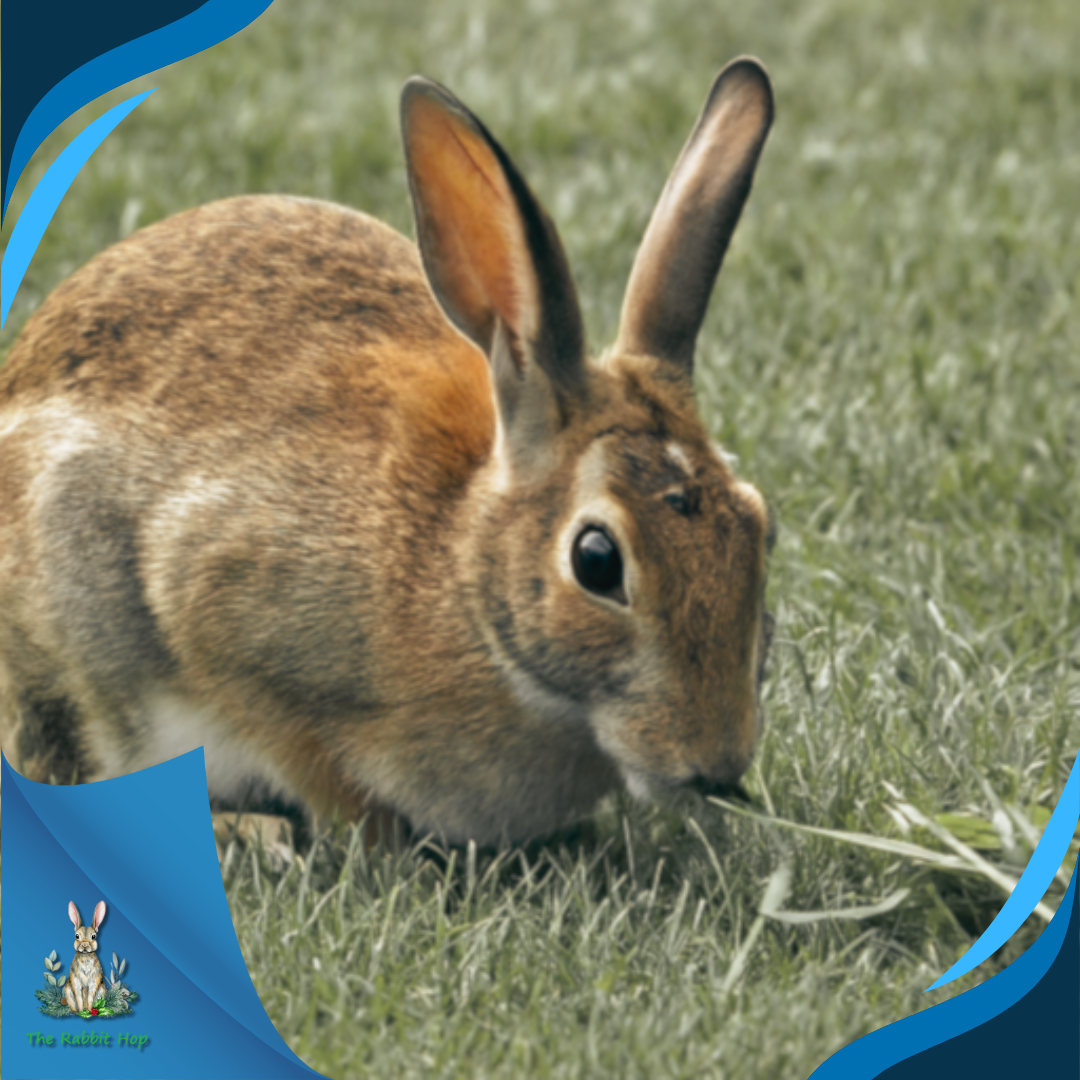
In a domestic setting, replicating foraging behavior can be hugely beneficial for pet rabbits. It isn’t just about physical health; it also keeps them mentally stimulated. Simple activities like scattering food around their living area or using interactive toys can encourage your bunny to move and think, just like their wild counterparts.
Creating a foraging-friendly environment doesn’t require elaborate setups. Use hay-filled boxes or hide small portions of veggies and herbs in different spots. Let your rabbit work for their food a bit. Not only does this make mealtime more engaging, but it also mimics the natural hunt for food. It’s a fun and rewarding experience for your pet.
Foraging isn’t solely about finding food; it’s also a social activity in the wild. Rabbits often forage in groups, and this behavior promotes social bonding. If you have multiple rabbits, encouraging foraging can strengthen their bond and keep them entertained. Even single rabbits can benefit greatly from foraging with interactive toys and games.
While encouraging foraging, always ensure safety. Avoid hiding food in places where your rabbit might get stuck or introducing items that could pose a choking hazard. Monitor your pet’s activity initially to ensure they understand the foraging game and don’t get frustrated or stressed.
By promoting this natural behavior, you can help maintain your rabbit’s physical and mental health. It’s a small change in their daily routine that can make a significant difference in their overall well-being.
Differences Between Wild and Domestic Rabbits’ Diets
While wild and domestic rabbits may appear similar, their dietary needs are quite distinct. Wild rabbits have access to a diverse range of fresh foods that vary with the seasons, which contributes to their well-rounded nutrition. In contrast, domestic rabbits depend largely on their owners for food, which can lead to differences in their diet and health. Understanding these dietary distinctions is crucial for ensuring that pet rabbits receive optimal nutrition.
To illustrate these differences, here is a comparison of wild and domestic rabbit diets:
| Aspect | Wild Rabbits | Domestic Rabbits |
|---|---|---|
| Diet Variety | Forage for grasses, leafy greens, fruits, vegetables, bark | Often fed commercial pellets, occasional fresh foods |
| Seasonal Changes | Diet changes with seasons based on availability | Diet is more consistent, dependent on owner’s provisions |
| Fiber Intake | Constant foraging on fibrous materials | Relies on hay and pellets for fiber |
| Nutrient Variety | Broad range due to diverse diet | Limited to what is provided, needs additional fresh foods |
| Activity Level | Highly active, naturally maintains weight | Can be more sedentary, needs space for exercise |
| Health Considerations | Natural diet supports dental and digestive health | Over-reliance on pellets can cause health issues |
While wild rabbits benefit from a naturally varied diet that supports their health and well-being, domestic rabbits require a carefully balanced diet to replicate this variety. Incorporating high-quality hay, fresh leafy greens, and occasional fruits and vegetables can help meet the nutritional needs of pet rabbits. Additionally, encouraging exercise and consulting with a veterinarian can help ensure that domestic rabbits maintain a healthy weight and overall well-being. By mimicking the diversity found in a wild rabbit’s diet, pet owners can provide their rabbits with a healthier and more enjoyable eating experience.
Choosing the Best Foods for Your Pet Rabbit
Feeding your pet rabbit isn’t just about filling a bowl with pellets. Taking cues from wild rabbits helps create a more balanced, nutritious, and engaging diet. We’ve covered the importance of grasses and hay as foundational staples, showed how fruits and vegetables can be lovely seasonal treats, and discussed how herbs and leafy greens add variety and nutritional value.
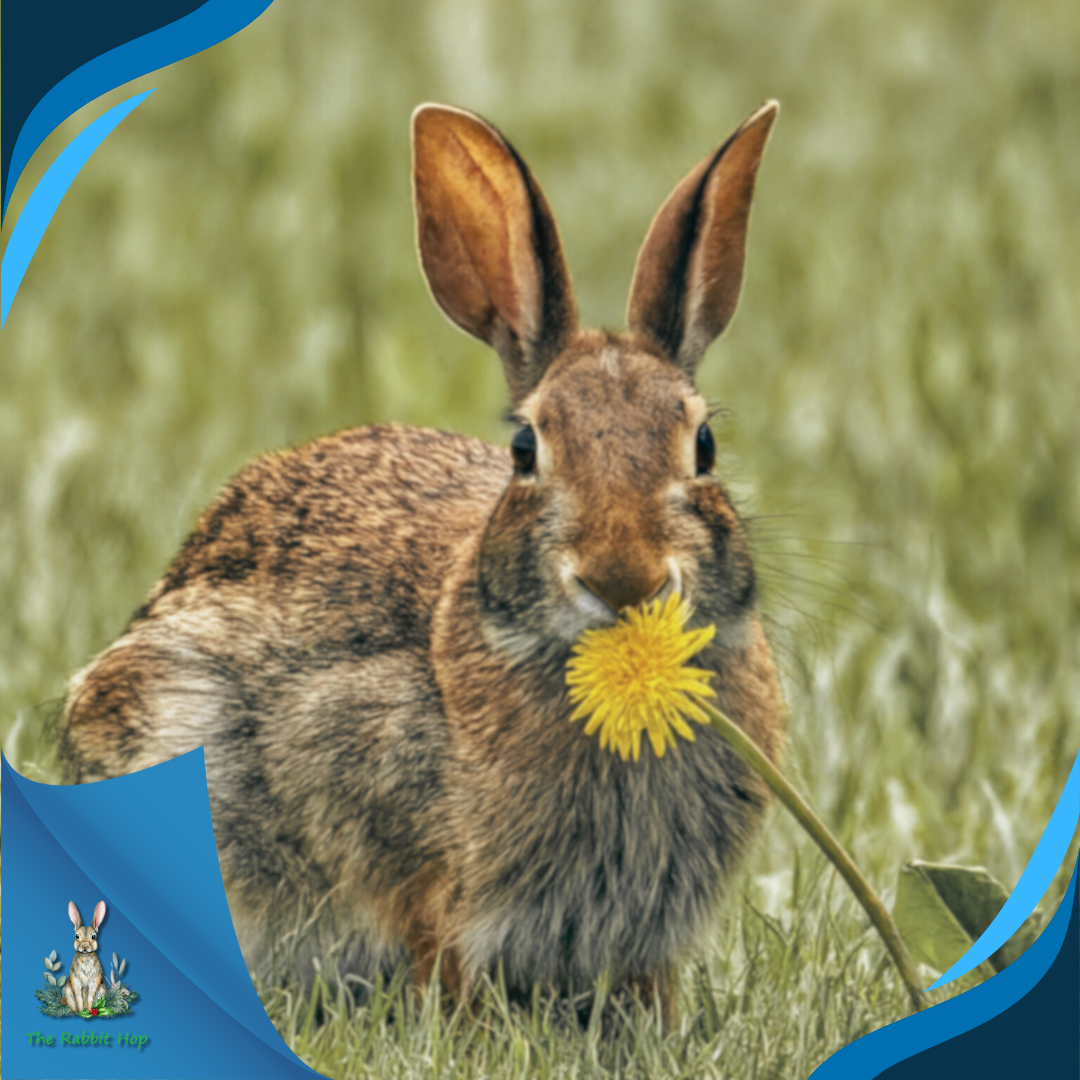
Bark, twigs, and branches are critical for dental health, mirroring the natural roughage wild rabbits chew on. Encouraging foraging behavior in your home setup gives your rabbit both mental and physical exercise, making their environment more stimulating and fun.
It’s essential to acknowledge the differences between wild and domestic rabbits’ diets and find the middle ground that keeps your pet healthy. Prioritizing fresh hay, mixing in a variety of greens, and limiting sugary fruits can make a significant difference in their well-being.
Finally, always keep an eye on your pet’s health and consult a veterinarian for personalized dietary advice. Every rabbit is different, and focusing on what wild rabbits eat can guide you in making the best dietary choices for your furry friend.
What Wild Rabbits Eat: Nourishing Your Pet Bunny
By understanding the natural diet of wild rabbits, we can provide our beloved pets with the nutrition they need to thrive. A diet rich in hay, supplemented with fresh produce, herbs, and natural chew materials, closely mimics the wild rabbit’s lifestyle. This approach not only promotes optimal health but also enriches the lives of our furry companions.
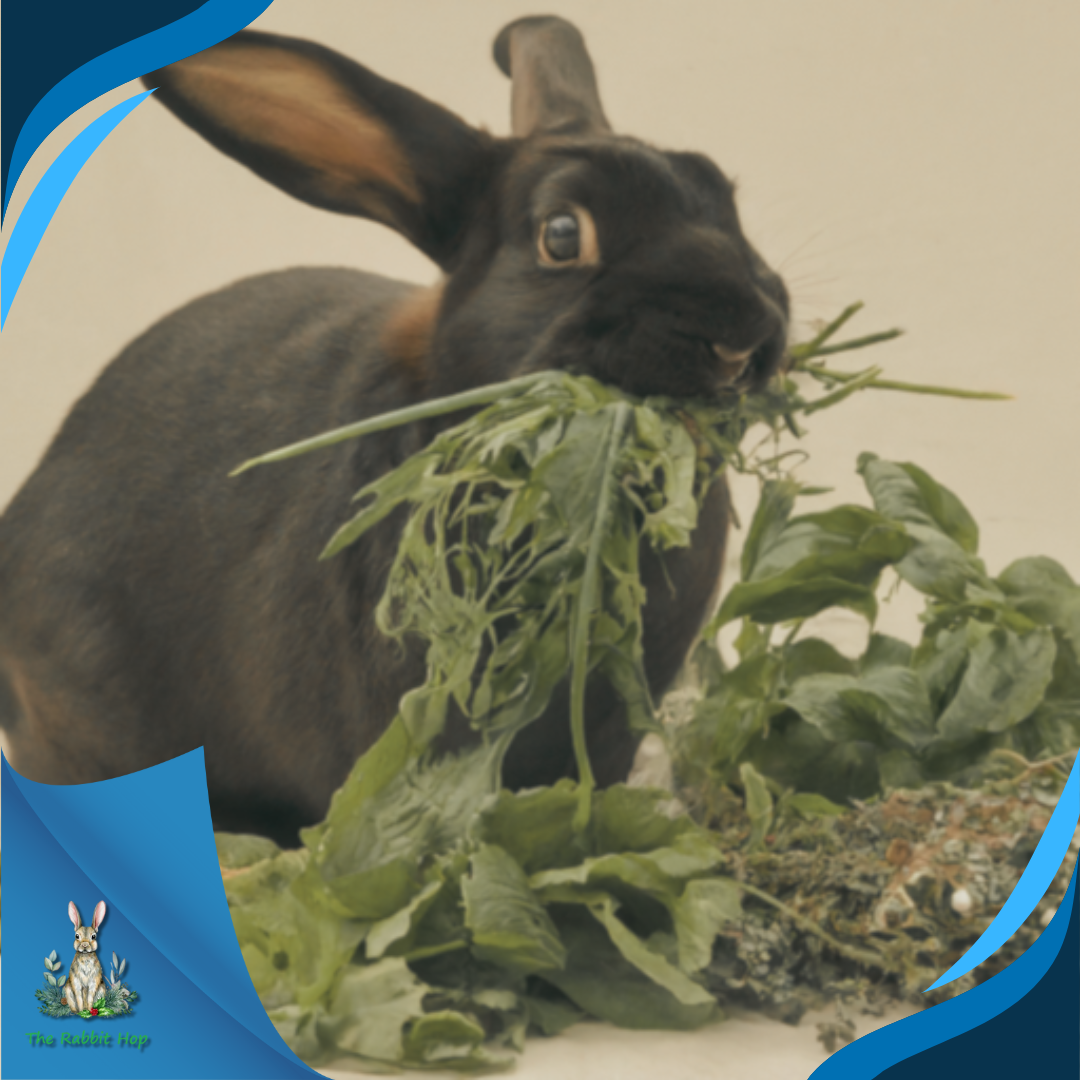
Remember, individual needs vary, so always consult your veterinarian for tailored guidance. By incorporating these principles into your rabbit’s diet, you’re taking a significant step towards ensuring a happy and healthy life for your bunny.
Let’s celebrate the joy of rabbit ownership by providing our pets with the best possible care!
FAQs: What Do Wild Rabbits Eat?
What is the main diet of wild rabbits?
Wild rabbits primarily eat grasses and hays, which provide essential fiber for digestion and dental health. Their diet is supplemented with occasional fruits, vegetables, and herbs.
How can understanding a wild rabbit's diet help with feeding domestic rabbits?
Knowing what wild rabbits eat can guide you in providing a balanced diet for domestic rabbits. Offer a variety of fresh hay, leafy greens, and occasional fruits and vegetables to closely mimic their natural diet and support their overall health.
What are safe chew options for domestic rabbits?
Safe chew options for domestic rabbits include untreated twigs and branches from trees like willow and apple. These help maintain dental health and provide mental stimulation. Avoid woods like pine and cedar, which can be harmful.
Hop on Over to The Rabbit Hop!
Love all things rabbit? Join our vibrant community on Facebook (https://www.facebook.com/hop/), Instagram (https://www.instagram.com/lennonthebunny/reel/CorFEMGjUHr/), Pinterest (https://es.pinterest.com/therabbithop9/), and TikTok (https://www.tiktok.com/discover/Bunny-hop)!
Discover engaging content, insightful product reviews, and connect with fellow rabbit enthusiasts who share your passion for happy bunny care. Let’s hop to it together! therabbithop.com

